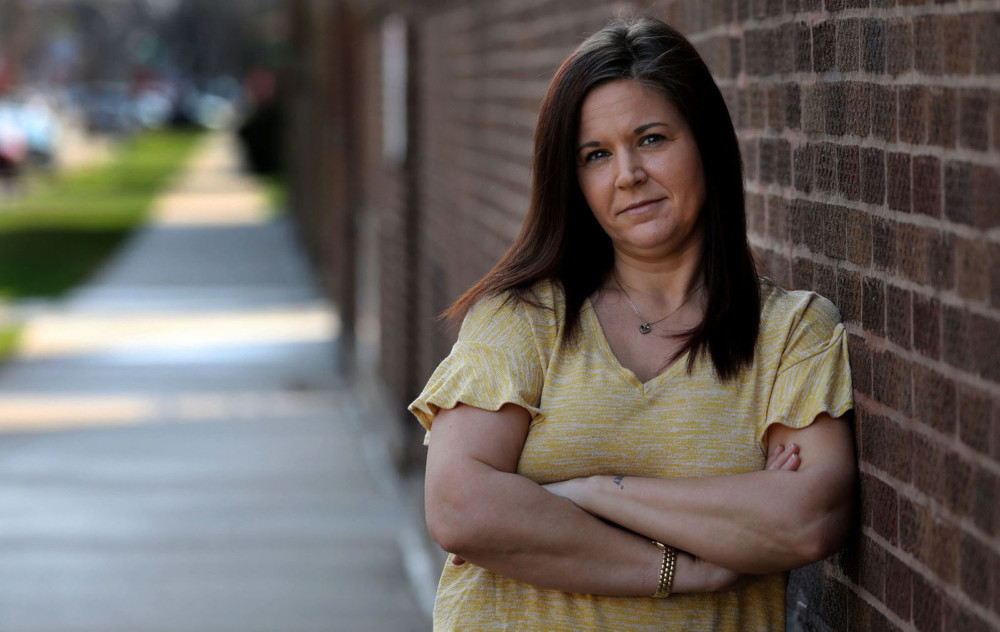By Mary Wisniewski
Chicago Tribune
WWR Article Summary (tl;dr) As Mary Wisniewski reports, “Late Sunday, the federal government provided 79 pages of instructions to states for administering unemployment assistance under the relief act, including aid for the self-employed.” However, government officials add that “creating a system for the self-employed, who are not usually eligible for unemployment benefits, will take time.”
Chicago
Self-employed workers like Uber drivers and piano teachers who have lost income because of the coronavirus pandemic will have to wait weeks before they can apply for financial assistance under the federal relief law.
The $2.2 trillion Coronavirus Aid, Relief and Economic Security Act, which includes benefits for the self-employed, was signed into law March 27. Late Sunday, the federal government provided 79 pages of instructions to states for administering unemployment assistance under the relief act, including aid for the self-employed.
On Tuesday, Illinois was unable to provide any guidance on when applications will open. Creating a system for the self-employed, who are not usually eligible for unemployment benefits, will take time, Rebecca Cisco, a spokeswoman for the Illinois Department of Employment Security, said in an email.
The issue is this: State agencies are set up to evaluate unemployment insurance claims using the W-2 tax form filed by companies to report wages, tips, and other compensation paid to employees. But the self-employed receive a different tax form, a 1099-MISC, and may also have to present past income tax returns and other records.
Under the stimulus law, benefits for the self-employed will be calculated based on previous income, and like other jobless workers, they will also be eligible for an additional $600 weekly payment.
To help the self-employed, state systems have to be modified to change how they review claims. The wait could affect hundreds of thousands of Illinois workers, 18% of the state’s workforce is part of the so-called gig economy, according to a report from the ADP Research Institute.
“I think getting the benefits is going to feel real challenging for the self-employed … ” said Andrew Stettner, senior fellow with the New York City-based Century Foundation, a progressive think tank. “I went from cautiously excited when (the relief) bill passed to now worried about its implementation. I’m worried about it fulfilling its promise.”
In an information sheet posted on its website, the Illinois Department of Employment Security’ asks residents not to contact it about benefits from new federal programs.
The department received a record 178,000 unemployment insurance benefit claims in the week ending March 27, and many applicants had a hard time getting through the system.
Until the system is operational, a self-employed worker who applies for benefits may receive a letter denying the application, Cisco said.
Cisco did not respond to questions about when the system will be up and running and how the department plans to notify people that they can apply.
Chicago employment lawyer Jeremy Glenn predicted the delay could last several weeks, in part because states can apply for federal funds to implement the program.
States have to figure out who qualifies, and the federal guidance isn’t clear, according to employment experts. For example, a music teacher who gives private lessons and has kept records for years may be able to show how your nonessential business has been affected by the pandemic, Stettner said.
But it may not be easy for ride-share drivers, because while fewer people are looking for rides, the roads are still open, and not all drivers can get a doctor’s note saying they can’t work, Stettner said.
Kelly Pacheco, an Uber driver who made about $1,000 a week before the pandemic, tried applying online for unemployment benefits last month, even though no process was in place for the self-employed. Her application was declined.
She then was told to fax information from her 1099 tax form to show past earnings, and talked with someone at the state review board who said she could receive $484 a week, plus the stimulus law’s additional $600 a week. But Pacheco said she hasn’t gotten anything in writing verifying the benefits.
“I honestly don’t know what’s going on,” said Pacheco, 40, who lives with her adult son in Chicago’s Austin neighborhood. He had been helping financially, but is now also laid off.
“It’s a struggle. I’m down to my last $12 now. I don’t know what we’re going to do after this point,” she said.
Chicago Rideshare Advocates, which represents ride-share drivers, has been working on the benefit issue for weeks and trying to get answers from the governor’s office, said co-founder and driver Eli Martin.
“It’s really up in the air,” said Martin. “It’s so obvious that the system is overwhelmed and unprepared and there’s no plan yet.”
There are about 115,000 ride-share drivers in the Chicago area alone, of which about 40% are full time, and it is “terrifying” that they have no way to to get benefits, he said.
Complicating the issue is that many drivers are afraid to stop working, even if it poses a threat to their health or to others, because they have bills to pay and don’t know when they’ll get help, Martin said. He said many drivers have switched to doing grocery, prescription and alcohol deliveries, rather than carrying passengers, to be safer.
Cory Davis, 40, of South Holland, Ill., is one of the many ride-share workers who also worked another job before getting laid off due to the pandemic.
He said he is able to submit his W-2 information to the state for his non-Uber marketing job, but hasn’t pressed “complete” yet on his application, because he doesn’t want to stop doing food deliveries.
“It’s important to have that money flow coming in rather than waiting around for a check that may or may not come,” Davis said.
___
Distributed by Tribune Content Agency, LLC.















































































































































































































































































































































































